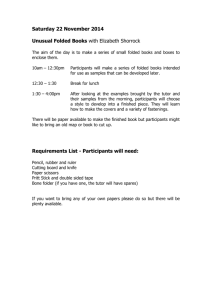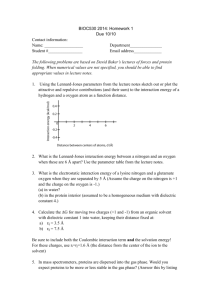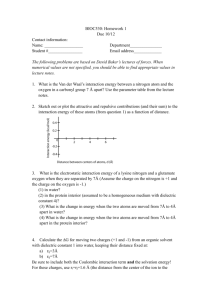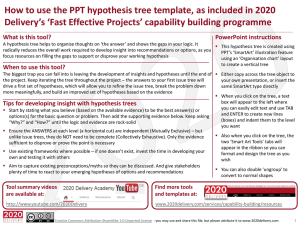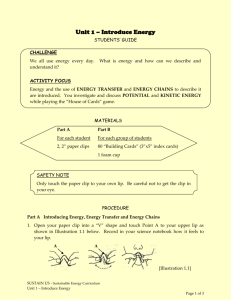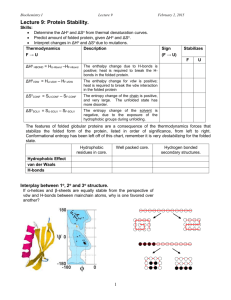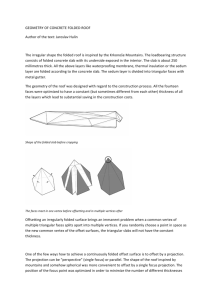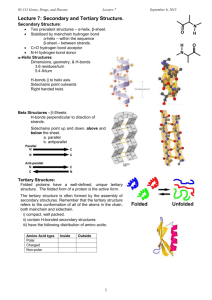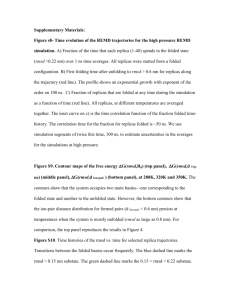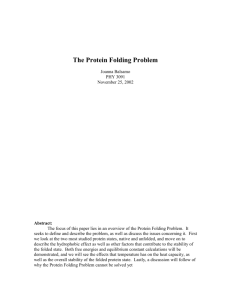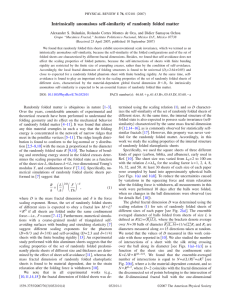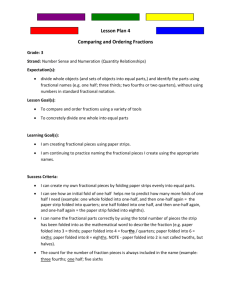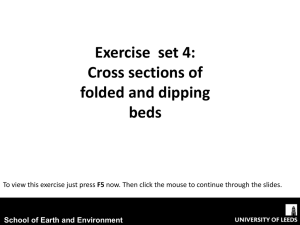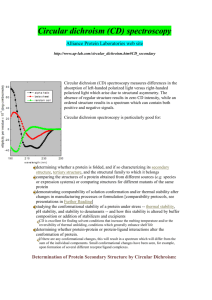the scientific method 06
advertisement
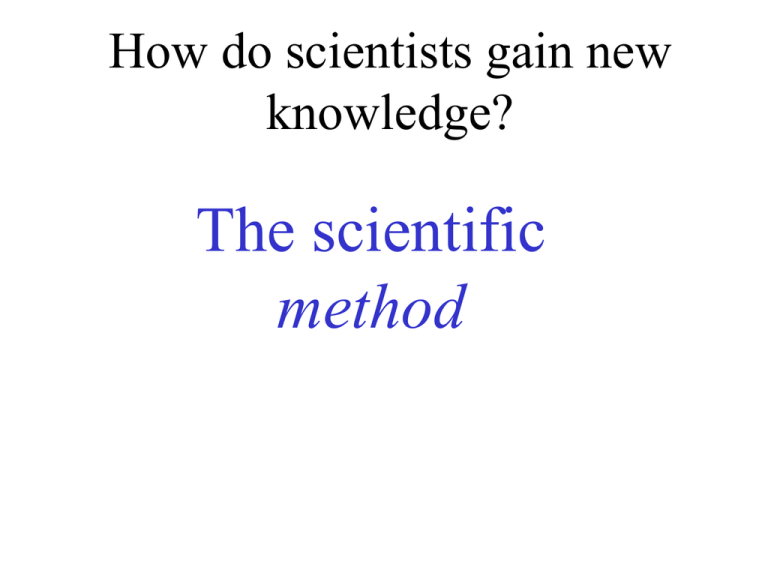
How do scientists gain new knowledge? The scientific method It starts with observations of something in the real world Observation: different objects fall at different speeds. A piece of paper practically floats to the ground while a chunk of lead plummets precipitously. Questions: The brain, being a lively and active organ, immediately starts asking questions about this. Question: Why do they fall at different rates? We then immediately try to answer our question, based on our scientific knowledge and experience. We haven’t proven that our guess (called an hypothesis) is correct, but we try to be reasonable by giving an answer that can be tested. Hypothesis: 1. Heavier things fall faster because they are more attracted to the earth 2. Things with greater surface area receive more resistance and are therefore, slowed down 3. Objects which are denser fall faster because they are not supported by the air as much. 4. Etc. There are many other possible hypotheses. Experiment: The next step is pick a reasonable hypothesis and attempt to disprove the hypothesis by doing something with relevant materials in which we use only one variable. We try to collect data which other scientists will find convincing Hyp: Things with greater surface area receive more resistance and are therefore, slowed down • Experiment: 1. Measure the time for the drop of a sheet of unfolded paper compared to a twice and thrice and 4x folded sheet . 2. Make sure that all conditions are the same except the surface area of the sheets. (All sheets must have same mass and be dropped from same height, for example.) 3. Tabulate data and analyse. Analyze the data: make tables and graphs, compare averages, etc. The idea is to see if the data supports or rejects the hypothesis Condition Time to reach ground Unfolded 1.1 Folded once 1.1 Folded twice 1.0 Folded three times 0.7 Draw a conclusion from the data Conclusion: The difference between unfolded and once-folded is not noticeable, but the thrice folded sheet definitely falls faster. The hypothesis that surface area affects the speed with which the object falls is supported. Anton von Leewenhoek Leewenhoek’s microscope: eye side object side Assignment: read the Leewenhoek biography, then pick one of his experiments and follow his scientific process by filling out the following form with complete and detailed sentences. His observation(s): His question: His hypotheses: (can be plural) His experiment(s): His data and analysis: His conclusion:



